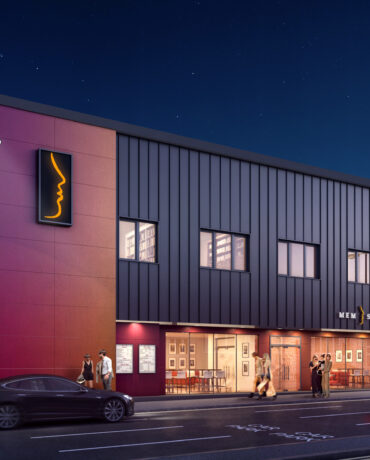The Concept of Adaptive Reuse: Transforming Old Buildings for New Purposes.
In today’s world, where sustainability and historical preservation are becoming increasingly important, the concept of adaptive reuse has gained significant attention. Adaptive reuse refers to the process of repurposing old buildings and transforming them into new functional spaces while preserving their historical and architectural significance.
This practice allows us to breathe new life into existing structures that may have otherwise been demolished. By repurposing these buildings, we can reduce waste and minimise the environmental impact associated with new construction. Additionally, adaptive reuse promotes sustainable architecture by creatively utilising existing resources and materials.
Benefits and Advantages of Adaptive Reuse Projects
Adaptive reuse projects offer a multitude of benefits and advantages, making them an increasingly popular approach to sustainable development. By repurposing existing structures, these projects contribute to cost-effectiveness and resource conservation.
One of the critical advantages of repurposing old buildings is the preservation of cultural heritage. Historic buildings and structures hold significant value in terms of architectural design, craftsmanship, and historical context. Instead of demolishing these structures, it allows for their revitalisation while maintaining their original character and charm.
Furthermore, projects carried out in this way contribute to the rejuvenation of communities. By transforming abandoned or underutilised buildings into vibrant spaces such as residential units, offices, or cultural centres, these projects breathe new life into areas. This attracts businesses and residents alike.
From an environmental standpoint, adaptive reuse reduces the overall environmental impact compared to new construction as there is a significant reduction in materials consumption and waste generation. Additionally, adaptive reuse allows for the incorporation of sustainable design practices such as energy-efficient systems and renewable energy sources.
The Role of Architects and Designers in Repurposing Projects
Architects and designers play a crucial role. They must carefully analyse the existing building’s structural condition, layout, and historical significance. There is also a need to identify which elements can be preserved and incorporated into the new design. This could include features such as ornate facades, exposed brick walls, or unique architectural details that contribute to the building’s historical value.
At the same time, there needs to be a conscious effort to incorporate modern functionality and aesthetics into the design. This involves skillfully integrating new materials, technologies, and spatial arrangements to create a cohesive design that meets contemporary standards while respecting the building’s historical context. There also needs to be serious consideration of factors such as sustainability, accessibility, and energy efficiency in their designs.
Is Adaptive Reuse Right for My Project?
By repurposing existing structures instead of demolishing them, we can contribute to reducing waste and preserving valuable resources. At DSA our highly skilled team of architects and designers can offer you expert advice on any aspect of your project.
Why not book a consultation with us today? We can talk you through the key considerations of your project and whether adaptive reuse is the best avenue to pursue.

Talk To An Expert
Contact UsSee More Recent Posts

What does it mean to be...
When you are looking to hire an architect, it’s important to check the Architects...

Types of Commercial Architecture
Commercial architecture is the design and construction of buildings intended for business or public...

Commercial Architectural Trends in 2024
Today’s office buildings, retail stores and hospitality settings are increasingly being designed with a...

